
Industrial networks have significantly enhanced industrial automation by enabling seamless communication between devices and machines. This has resulted in notable improvements in production speed, volume, and overall operational efficiency. However, the benefits of industrial networks come with increased complexity, raising the likelihood of issues. A single networking problem can have a devastating impact, bringing the entire production line to a halt and causing costly downtime.
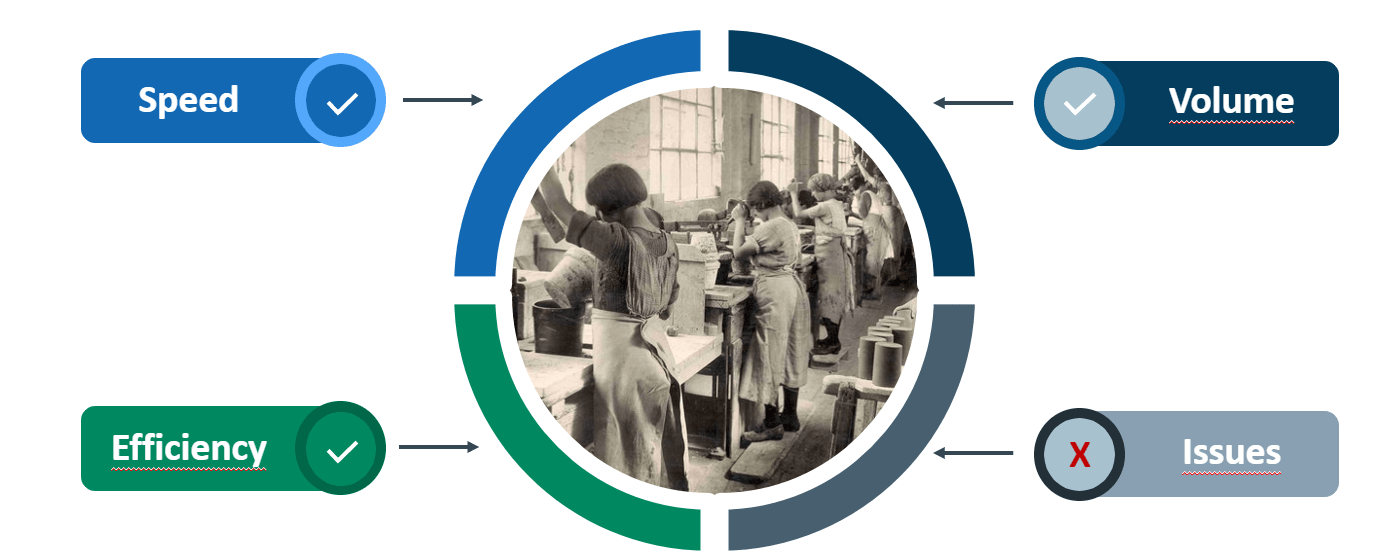
Figure 1. Industrial networks improve efficiency but increase troubleshooting challenges.
Downtime poses a substantial financial burden on industries worldwide, with an estimated annual cost of $50 billion and a rising trend [1]. The impact of downtime is growing significantly, as just one hour of downtime now costs at least 50% more compared to two years ago.
Unless the company has effective troubleshooting practices in place, the duration of the downtime can be long, exacerbating the problem and its associated consequences.
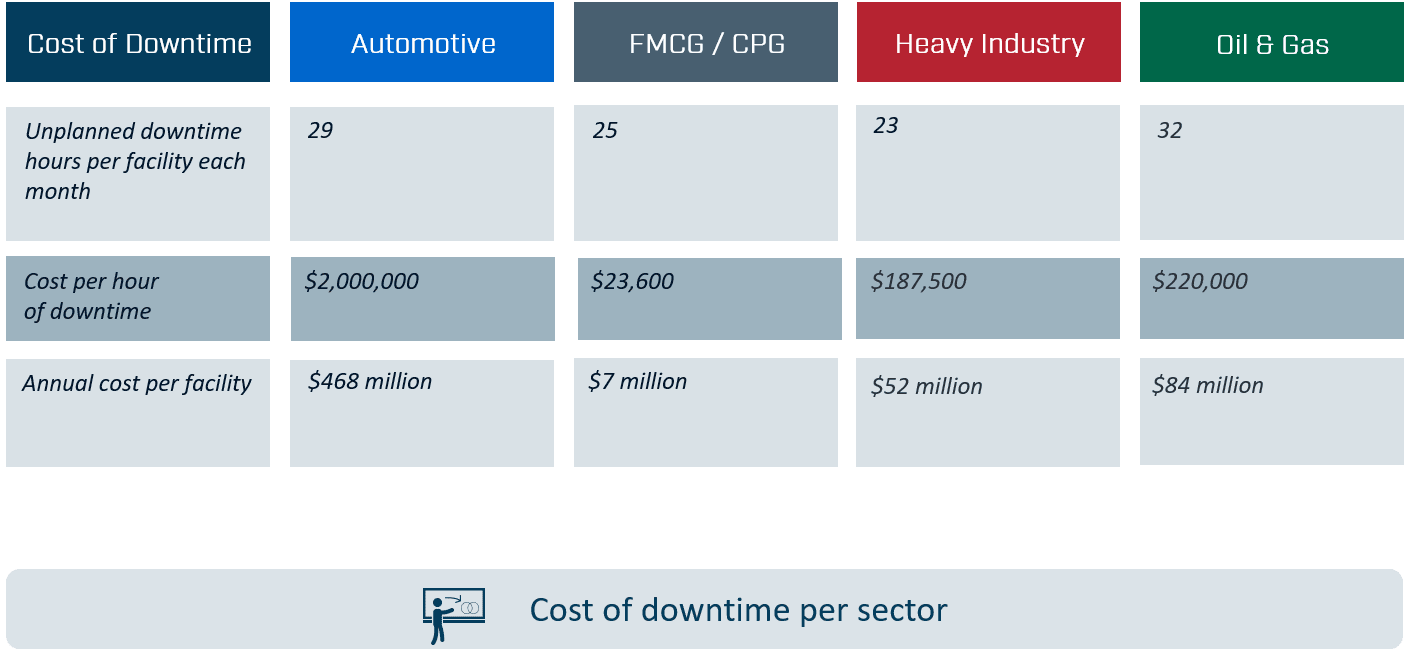
Table 2. Industrial networks improve efficiency but increase troubleshooting challenges.
References
¹ IndustryWeek, “Unlocking performance,” Emerson, accessed September 26, 2022.
² Senseye Industry Insights: The true cost of downtime
Happily, there are established techniques to tackle downtime and minimize its impact. Here are five preventive maintenance strategies companies can eliminate to significantly reduce downtime or even eliminate downtime altogether.
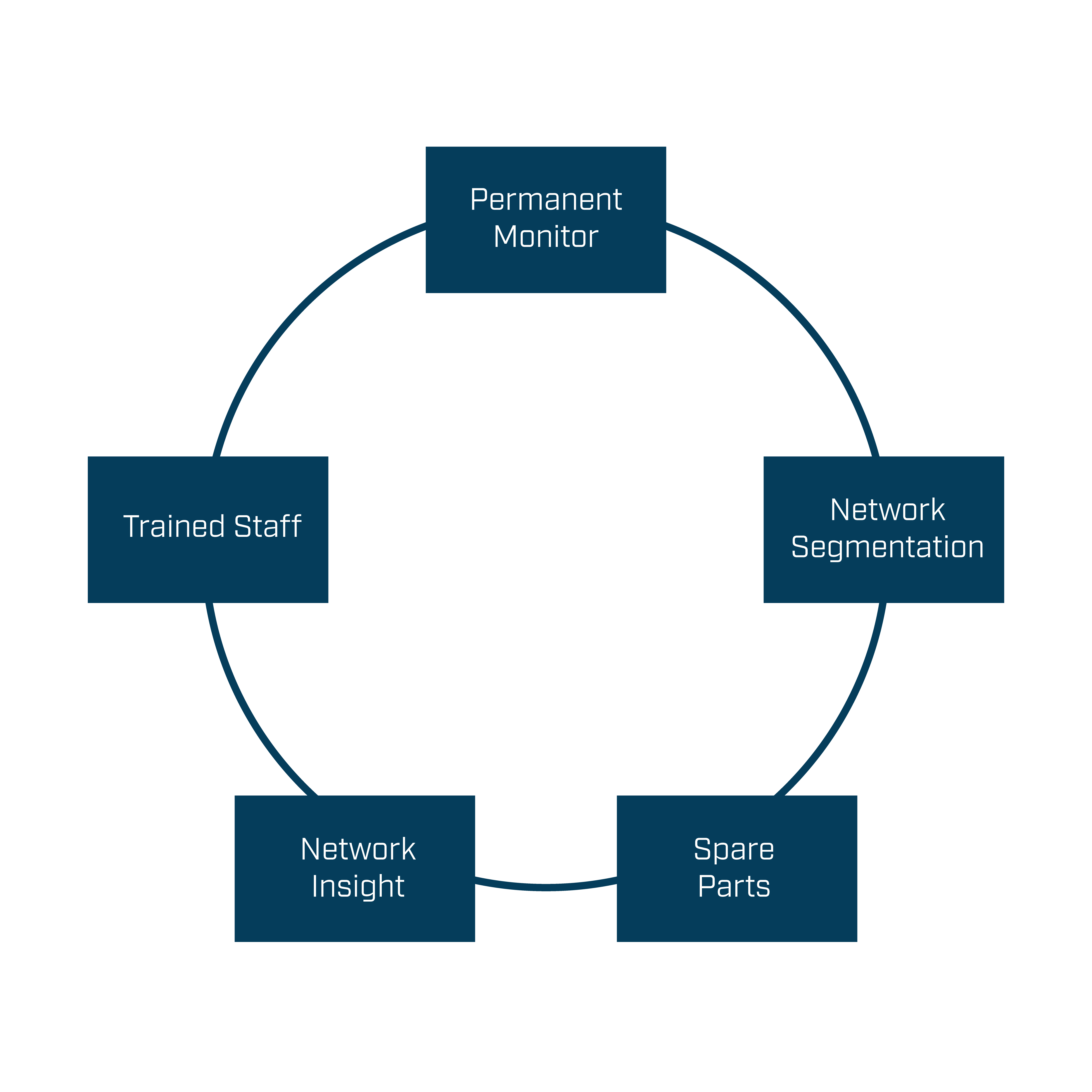
The best way to alleviate the pain of downtime is to be forewarned about any issues in your network. Permanent, real-time monitoring tools provide companies with continuous visibility through user-friendly dashboards and customizable alarm thresholds, enabling timely notifications of potential issues. Armed with comprehensive data, engineers can swiftly address problems before they cause downtime or expedite the resolution process, minimizing its duration.
Many companies want to keep their legacy fieldbus networks and often choose to expand their networks by adding new devices in a daisy chain topology. However, this approach poses a significant risk, as a problem in one device can cause the entire network to fail. A more robust solution is to divide the network into separate segments, isolating any issues and preventing them from impacting the entire system. By utilizing multiple tap points, network segmentation not only minimizes the risk of downtime but also simplifies troubleshooting by allowing engineers to swiftly identify and resolve issues without disrupting the rest of the network.
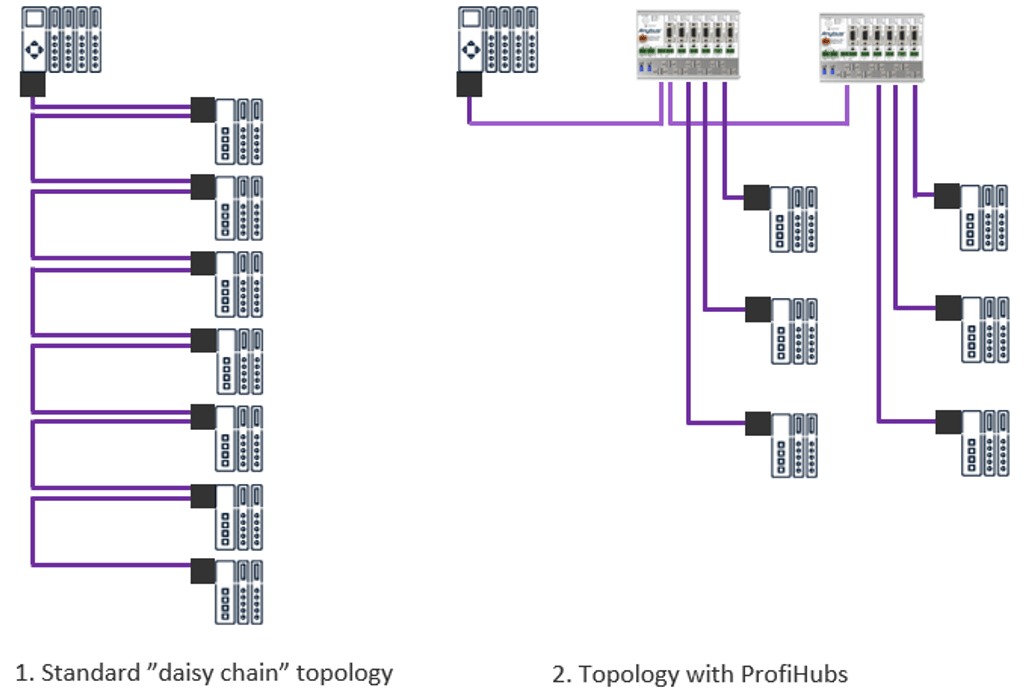
Hardware faults will happen eventually. In fact, hardware problems are the biggest cause of network communication faults. To mitigate the impact, it is essential to adopt a proactive approach by maintaining an inventory of critical spare parts, including connectors, cables, terminators, hubs, repeaters, and devices. Having these spare parts readily available before they are needed will significantly minimize downtime. It is also important not to compromise on quality by opting for cheaper products, as the short-term savings can quickly vanish when the equipment proves inadequate for the task at hand.
Troubleshooting errors in industrial networks can be challenging, as it often requires extensive experience and knowledge of various industrial protocols that take engineers years to acquire. A smart alternative is to use AI software trained on industrial data to quickly and accurately analyze the network to identify the root cause of any issues. This advanced technology reduces the reliance on highly experienced field engineers, streamlining the troubleshooting process and resulting in significant time and cost savings.
To maintain a healthy industrial network, reliable hardware and software are not enough; companies also need skilled professionals. Certificated training courses offer hands-on experience, enabling engineers to effectively design, install, maintain, and troubleshoot industrial networks. By closing knowledge gaps within their staff, companies can improve network performance and increase uptime.
By implementing a proactive maintenance approach with the right diagnostic tools, spare parts, and expertise, companies can significantly reduce the duration of downtime or even eliminate it altogether. On average, downtime can be reduced to approximately 2 hours per month, marking a substantial reduction compared to the figures presented in Table 1.
When it comes to troubleshooting, adopting a proactive approach instead of a reactive approach can significantly enhance efficiency and avoid or reduce downtime.
The reactive approach involves waiting for a problem to occur, which means you only become aware of the issue when production comes to a halt. Once production has stopped, an engineer must be dispatched to the site to access and analyze the data, determine the optimal repair strategy, and implement the necessary fix. Only after these steps can production be resumed. Additionally, when relying on reactive maintenance, intermittent faults may not be evident when the engineer arrives, posing a challenge in identifying and resolving the issue. Consequently, you might end up waiting for the problem to reoccur before it can be properly addressed, assuming you have implemented permanent monitoring.
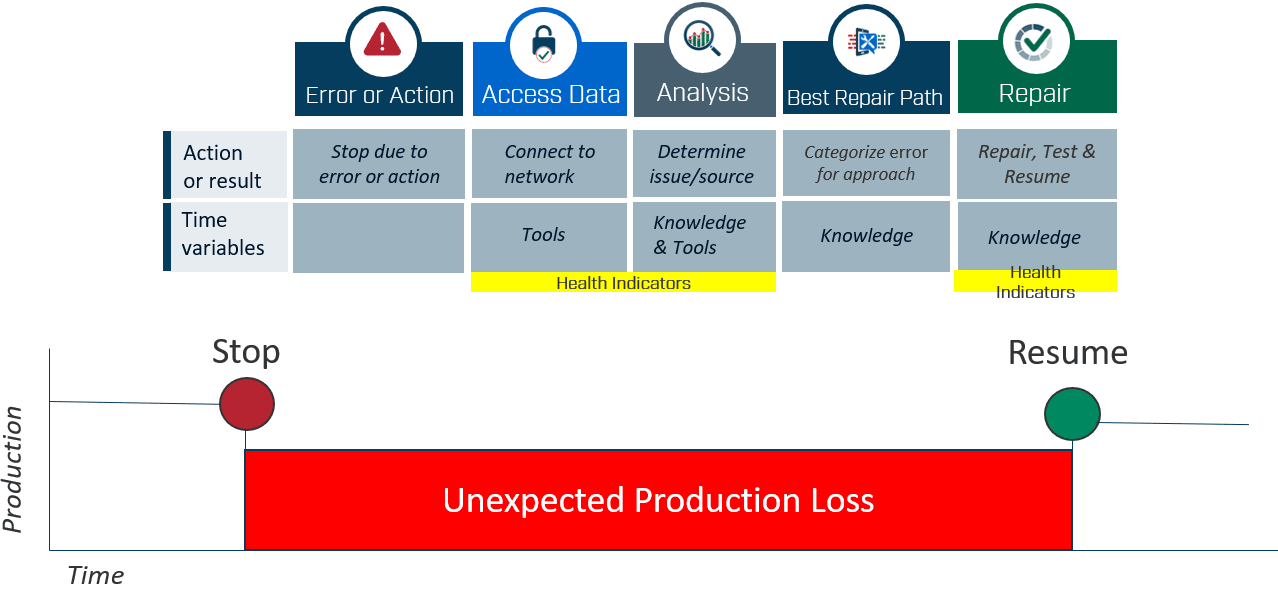
On the other hand, employing permanent monitoring tools eliminates uncertainty and blind spots in your network. These tools provide notifications for all types of problems, whether critical or non-critical, enabling you to plan maintenance activities and address issues before they escalate into significant disruptions. This proactive approach allows you to avoid or reduce downtime and ensure smooth operations.
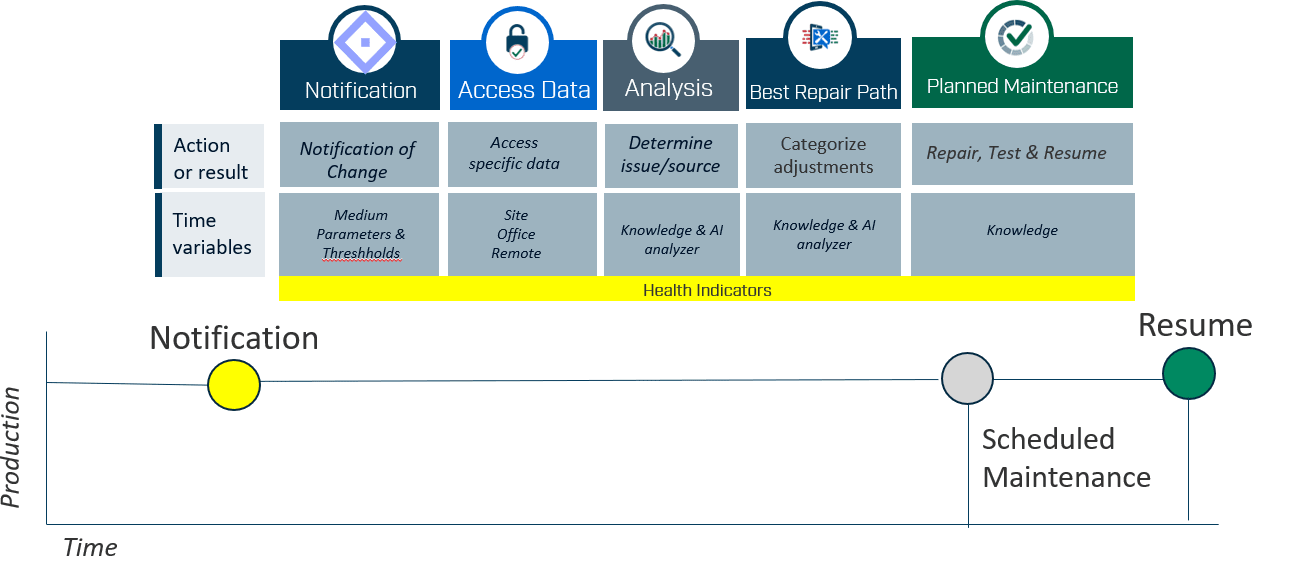
Reduced downtime not only improves performance by minimizing wasted production hours but also enhances sustainability in several ways. It leads to reduced energy consumption, lower product spoilage, and fewer rejects. After experiencing downtime, companies often need days to restore the right conditions for manufacturing, resulting in unnecessary CO2 emissions, costs, and lost production. For example, heavy industries relying on large furnaces may require significant time to regain the required temperature. By minimizing downtime, companies can mitigate these negative impacts on the environment, resources, and overall productivity.
Permanent monitoring solutions offer remote access to network data, eliminating the need for workers to enter unpleasant or potentially hazardous environments to check the network. This increased worker safety not only protects employees from potential dangers but also improves overall efficiency by reducing the time and effort required for manual network inspections.
Anybus offers expertise and a comprehensive lineup of products designed to safeguard the reliability of your network. With our solutions, you can ensure the uninterrupted operation of your Fieldbus and Industrial Ethernet networks. Here's how we can support you: